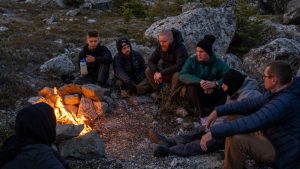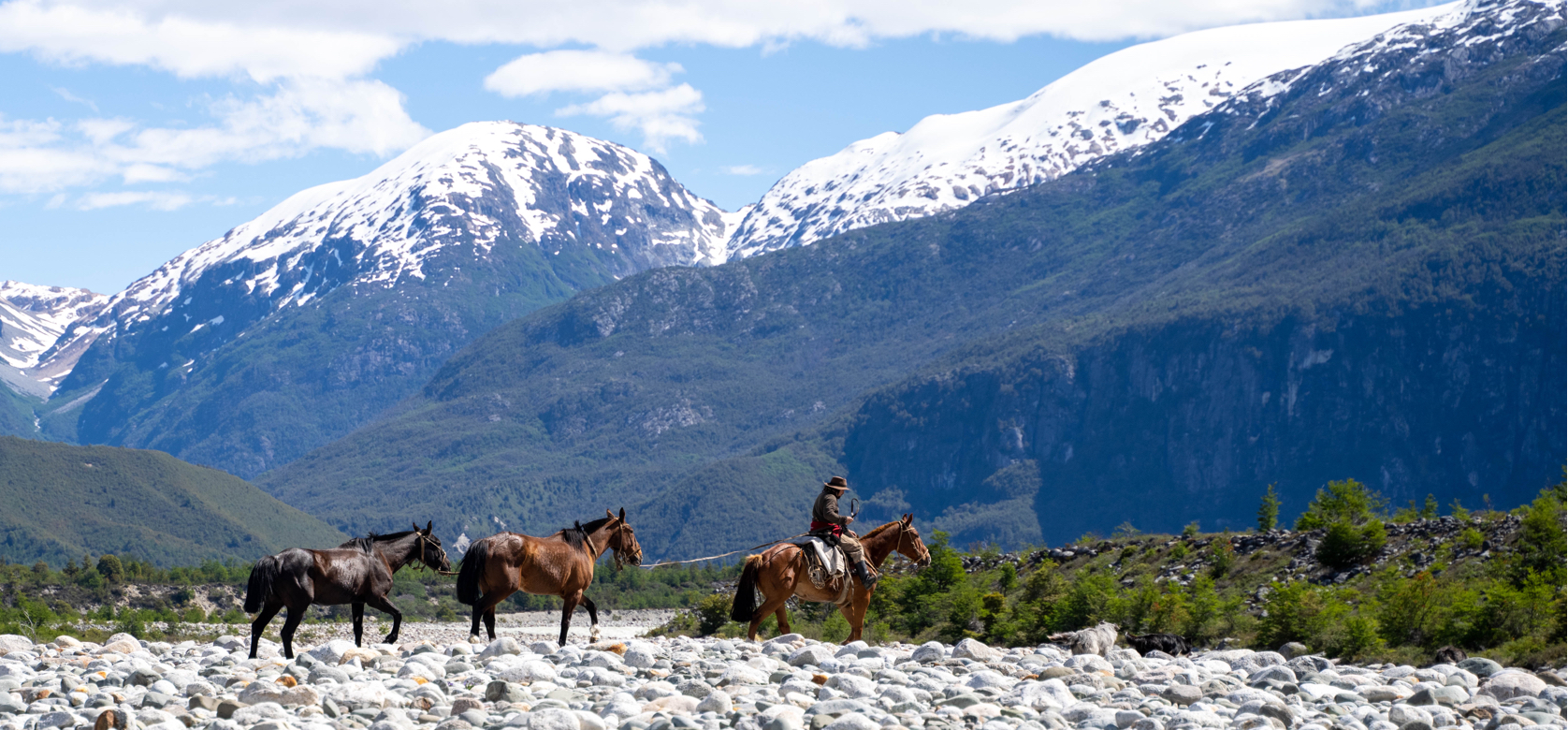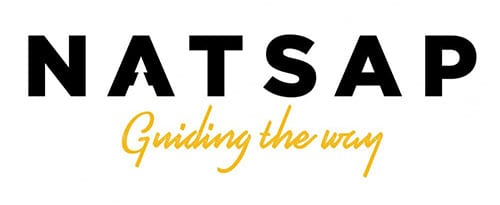Less is More
Lessons From The Road: Patagonia
What started as a simple packing suggestion became a principle that guided everything we did.

The instruction was a simple one. “When you are loading your pack, the rule of the game out here is: less is more.” The reasons seemed obvious—the more we bring, the more we carry. But the depth of this advice only grew with each passing moment in the Patagonia wilderness. What began as a slight imposition gave way to a freedom and a peace of mind that few of us had known. It was shocking how much more “less” actually provided. This advice crept its way into every aspect of our trip and revealed itself in ways we hadn’t expected.
Our recent international expedition to Chilean Patagonia forced us to relinquish the unnecessary, keep our attention on what’s really important, and discover the joy of simplicity. “Less is more” became the unlikely mantra of our trip, and it made the journey home with us. We offer its lessons here in the hope that our experience might broaden and deepen your own. In this piece, we will discuss three easy measures that you can use to live “less is more”
Take Less, Give More.
Our lives frequently consist of a never-ending onslaught of desires, distractions, and requirements. We are inundated with messages that tell us that in order to be happy, we need the newest gadgets or the latest fashion. We believe that we need these things in order to be worthy or feel accepted, and the more we can acquire, the better off we will be. But “taking” or “getting more” does not result in the long-term happiness and fulfillment we seek in its pursuit. It is the act of giving that leaves us feeling content and trains us in the practice of loving. In the end, to love is simply to give without expecting anything in return.
Focusing one’s attention on the things that are truly significant is an essential part of the “less is more” way of life. Giving can take many forms: donations, time spent helping others, volunteer work, or even just being kind to your friends or strangers. When we help others or act selflessly, we activate regions of the brain associated with pleasure, social connection, and trust. The same feelings we are chasing when we are “taking” are found only when we are “giving” them away.
We need to reframe our thinking from “what can I get?” to “what can I give?” This adjustment in perspective can help us prioritize what really matters in our lives and direct our attention there. Often, what you can take from any given situation is out of your control, but what you can bring to it is limitless and unique to you.
“It was shocking how much more “less” actually provided.”
Think Less, Do More.
We are prone to letting our thoughts and worries consume us, which can increase our levels of worry and stress. It is possible for us to think about a subject too much, leading us to imagine the worst-case scenario and becoming mired in a loop of negative thinking. Overthinking a problem may inhibit us from ever solving it.
Focusing on the here and now while also being proactive are two essential components of the “less is more” way of life. It means engaging in more activities and thinking less about all of the potential choices or outcomes. By bringing our attention to the here and now, we can not only alleviate tension and anxiety but also boost our general health and well-being.
Every day, we need to move a little bit closer to our goals if we want to accomplish more. Our objectives can be broken down into a series of more manageable steps, and we can focus our attention on moving forward using those steps. The more we do, the more momentum we’ll develop, and the more we’ll create a positive cycle of progress.
Talk Less, Say More
We frequently make sloppy use of our language. When we are feeling insecure or nervous, we talk too much, exaggerate, or hide our true feelings. When we speak truthfully, in a considered way, and from the heart, we have the ability to forge meaningful connections with other people and cultivate a sense of trust and belonging.
When it comes to our communication, adopting a “less is more” philosophy means prioritizing the quality of our words above the quantity of them. It requires picking our words carefully while also speaking authentically and truthfully.
To increase the quality and impact of what we have to say, we need to concentrate more on listening. Listen to others with an open mind and heart and a deep sense of curiosity with the goal of better comprehending their point of view. Doing so can help us develop a sense of empathy and understanding. When you have truly listened, thought carefully about how you feel, and can express yourself with clarity, authenticity, and conviction, you will truly be saying “more.”
Conclusion
Adopting a “less is more” philosophy is all about making room in our lives for the people and pursuits that matter most. It’s not about giving something up but rather about putting things in the right order of importance and focusing our attention on those activities that bring us genuine joy and fulfillment. It’s about striking a balance between our needs and wants and establishing a life that is in alignment with our values and the things we want to accomplish.
We have the power to bring about positive change in our own lives as well as the lives of people around us if we are willing to give more, do more, and say more with intention and purpose. The road is one that calls for patience, dedication, and the willingness to adapt, but the rewards more than make up for the effort.






